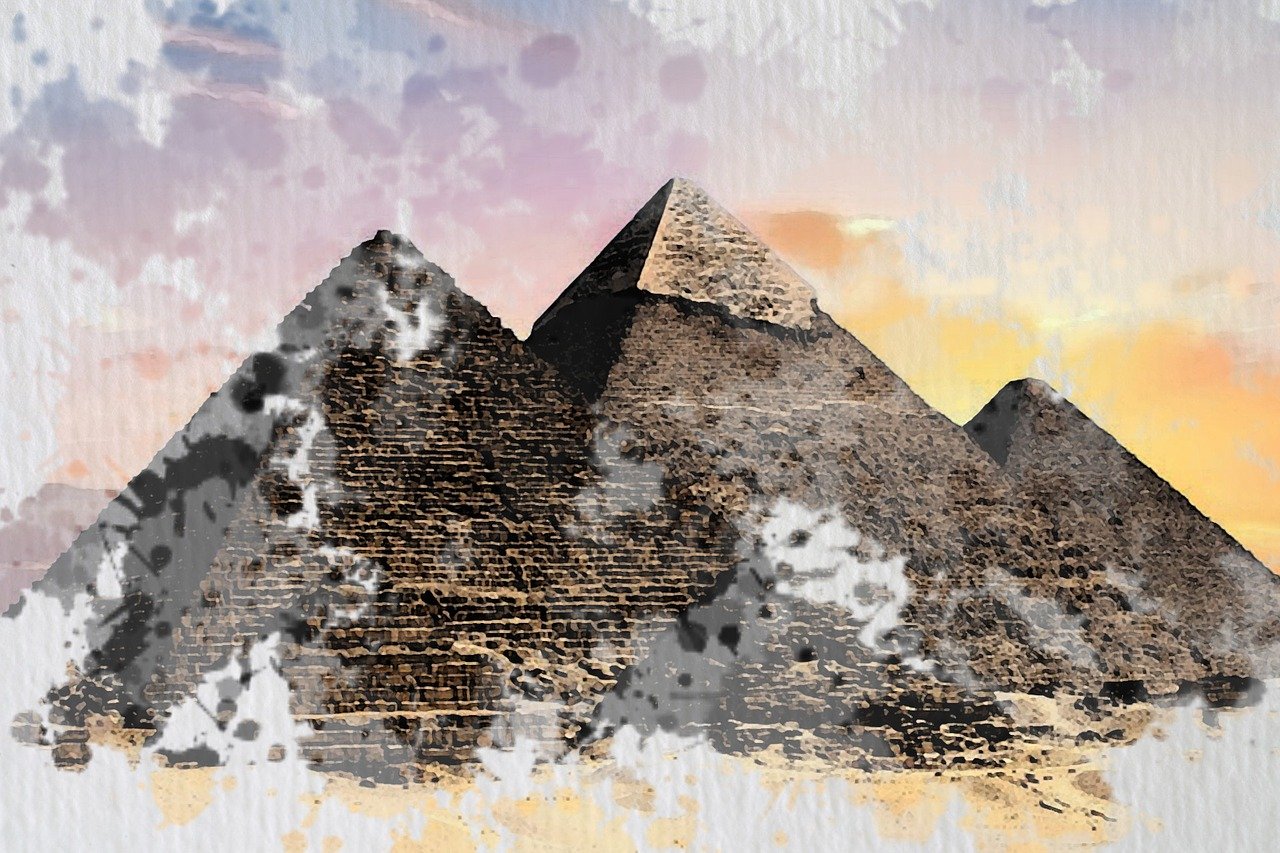Sindh the Indus Valley Civilization, also known as the Harappan Civilization, is one of the oldest and most remarkable civilizations to have flourished in ancient times. Among the great ancient civilizations, such as Mesopotamia, Egypt, and China, the Indus Valley Civilization stands as a testament to the ingenuity and progress of human society. In this article, we will explore the fascinating history, culture, and legacy of this enigmatic civilization that thrived in what is now the region of Sindh, Pakistan.
1. Introduction
The Indus Valley Civilization existed around 3300 BCE to 1300 BCE, predating the Vedic period in India and the earliest dynasties in ancient Egypt and Mesopotamia. It was spread over a vast area, covering present-day India, Pakistan, and parts of Afghanistan. However, the heartland of this civilization was located in the fertile plains of the Indus River, encompassing what is now the Sindh province in Pakistan.
2. The Origins of the Indus Valley Civilization Sindh
– Geographic Context
The geographic location of the Indus Valley played a crucial role in the development of this ancient civilization. The fertile alluvial soil, provided by the annual flooding of the Indus River, allowed for abundant agricultural production, leading to surplus food and the growth of settlements.
– Early Settlements
Archaeological evidence suggests that the roots of the Indus Valley Civilization can be traced back to small agricultural communities. These early settlements gradually evolved into large, well-planned urban centers.
3. Major Cities and Urban Planning Sindh
– Mohenjo-Daro
Mohenjo-Daro, one of the major cities of the Indus Valley Civilization, was an outstanding example of urban planning and engineering. The city’s sophisticated infrastructure included a well-organized drainage system and a grid-like street layout.
– Harappa
Harappa, another significant urban center, exhibited similar urban planning with well-structured streets and brick houses. The discovery of these cities has provided valuable insights into the advanced urban lifestyle of the Harappan people.
4. Trade and Economy
– Agricultural Practices
The economy of the Indus Valley Civilization was primarily agrarian, with the cultivation of wheat, barley, and various other crops. Sophisticated irrigation systems contributed to successful agricultural practices.
– Trade Routes
The Harappans engaged in long-distance trade with other contemporary civilizations. Archaeological findings reveal evidence of trade with Mesopotamia, Oman, and other regions, highlighting their commercial prowess.
5. Social Structure and Governance
– Caste System
The social structure of the Indus Valley Civilization is a subject of speculation among historians. Some believe it had a hierarchical caste system, while others propose a more egalitarian society.
– Political Organization
The governing system of the Harappan civilization remains a mystery. While no evidence of a central authority has been found, it is suggested that each city might have had its governing body.
6. Religion and Beliefs
– Rituals and Artifacts
The Harappans had a profound religious and spiritual inclination, as indicated by various artifacts and seals found in the archaeological sites.
– Deities and Worship
The civilization’s religious practices revolved around reverence for fertility deities and nature. Excavated figurines suggest the existence of mother goddess worship.
7. Arts and Culture
– Architecture
The architecture of the Indus Valley Civilization was remarkable for its advanced urban planning, sophisticated drainage systems, and well-designed buildings.
– Pottery and Artwork
Harappan pottery was known for its unique shapes and intricate designs, showcasing the artistic talents of the civilization’s inhabitants.
8. Decline and Theories
– Possible Causes
The decline of the Indus Valley Civilization remains a mystery, with various theories proposing factors such as environmental changes, natural disasters, or invasion.
– Abandonment and Rediscovery
The urban centers of the Harappan civilization were gradually abandoned, and the civilization eventually disappeared from historical records. Centuries later, in the 1920s, archaeologists rediscovered these lost cities.
9. Legacy and Influence
– Impact on Subsequent Cultures
The legacy of the Indus Valley Civilization can be seen in the cultural, religious, and economic practices of subsequent civilizations in the Indian subcontinent.
– Modern Discoveries
Even today, ongoing excavations and research continue to unveil new insights into the rich heritage and contributions of the ancient Indus Valley Civilization.
Conclusion
The Indus Valley Civilization, with its urban planning, trade networks, and cultural achievements, holds a significant place in human history. Despite the mysteries surrounding its decline, its influence on subsequent cultures cannot be denied. The rediscovery and ongoing research fuel our curiosity about this ancient civilization that once thrived in the lands of Sindh, leaving behind a timeless legacy.
read also :Vega Movies: Download and watch movies
FAQs
- What was the primary occupation of the people in the Indus Valley Civilization? Agriculture was the primary occupation, and the fertile plains of the Indus River facilitated successful farming practices.
- Were there any written records found from the Indus Valley Civilization? Archaeologists have discovered inscriptions and seals, but the script used by the Harappans remains undeciphered.
- Did the Indus Valley Civilization have a centralized government? The governance system remains uncertain, with no concrete evidence of a centralized authority.
- What are the major theories behind the decline of the Indus Valley Civilization? The decline could have been caused by environmental changes, natural disasters, or invasions by external forces.
- How has the Indus Valley Civilization influenced modern cultures? The cultural, artistic, and architectural influences of the Harappan civilization can be seen in various aspects of modern-day South Asian societies.






